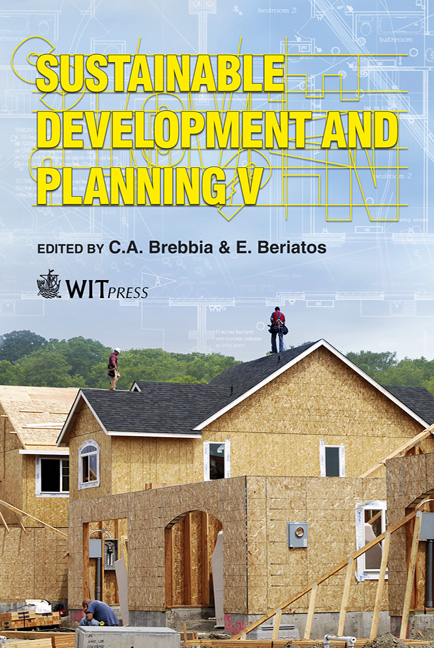Visualization Of The Thermal Environments Of RC And Composite-wall Constructions
Price
Free (open access)
Transaction
Volume
150
Pages
14
Page Range
213 - 226
Published
2011
Size
8,783 kb
Paper DOI
10.2495/SDP110191
Copyright
WIT Press
Author(s)
H.-Y. Liu
Abstract
In recent years, the promotion of environmental conservation, energy-saving methods and carbon reduction has led to the implementation of a number of new energy codes in many countries to increase building efficiency. The ultimate goal is to create a comfortable and healthier living environment and reduce issues arising from climate-related factors. The aims of this study are to discuss several cost-effective methods that can reduce energy consumption and further improve the thermal environment of buildings in a subtropical country. This research utilizes a portable infrared thermography device to closely inspect and analyze the outdoor and indoor heat-environments of buildings built with reinforced concrete (RC) or of a composite-wall construction through visualization and comparison of thermographic images. By conducting cross-comparison and analysis, various dominant factors in the heat-environment are identified. This paper compares the effect of two different construction methods on the thermal environment and identifies the benefits of using proper materials with a low heat capacity to improve the energy-saving performance. The impacts of the two construction methods on carbon reduction and the heat island effect are also explored. The results of this study can serve as a useful reference and could form the basis of recommendations for building restoration or construction. Keywords: infrared thermography, heat-environment, energy conservation, carbon reduction, thermal images. 1 Introduction The exterior materials, construction method and quality of indoor air are vital characteristics affecting the energy consumption of a building, and control of the
Keywords
infrared thermography, heat-environment, energy conservation, carbon reduction, thermal images.





